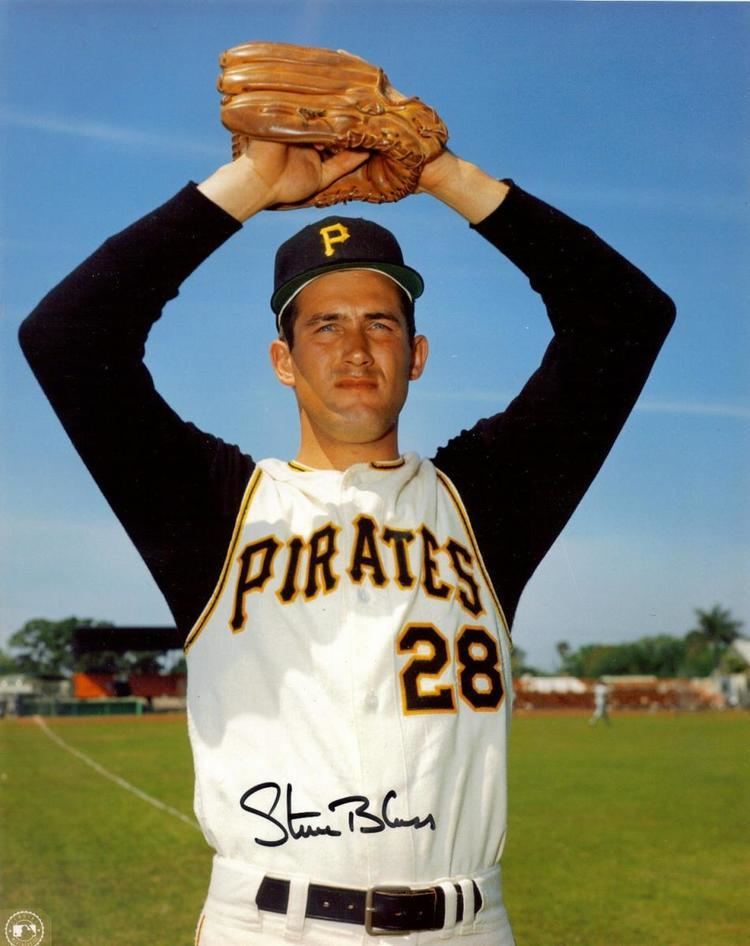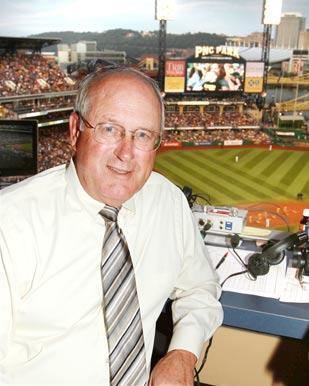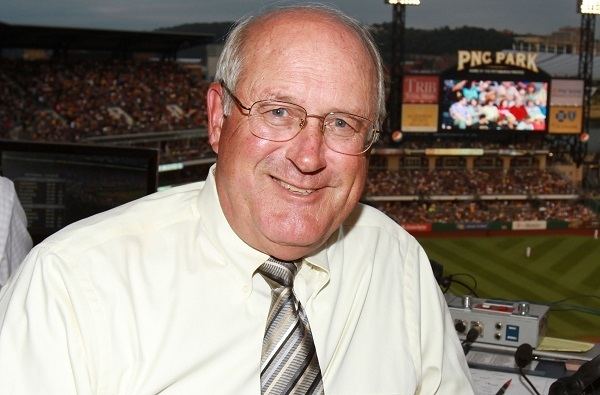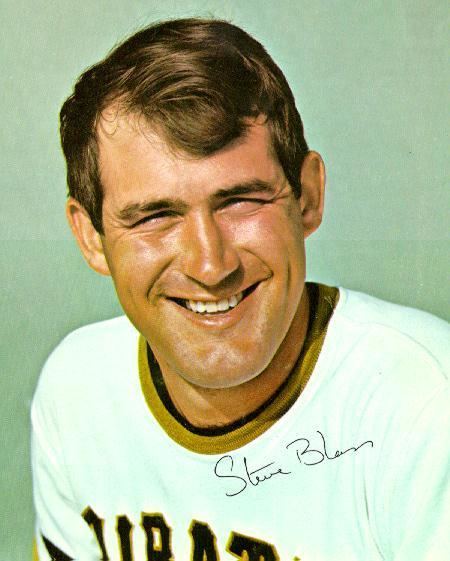Win–loss record 103–76 Role Baseball player Earned run average 3.63 Spouse Karen Lamb (m. 1964) | Strikeouts 896 Name Steve Blass | |
 | ||
Education Housatonic Valley Regional High School Similar People Manny Sanguillen, Greg Brown, Bob Walk, Willie Stargell, Bob Robertson | ||
Children David Blass, Chris Blass | ||
Baseball throwing yip s ended for steve blass he pitched 9 innings
Stephen Robert Blass (born April 18, 1942) is a former Major League Baseball right-handed pitcher and a current broadcast announcer for the Pittsburgh Pirates.
Contents
- Baseball throwing yip s ended for steve blass he pitched 9 innings
- 12 12 steve blass finally cured baseball yips with dr crowley 24 years after he lost his career
- Playing career
- Steve Blass disease
- Post playing career
- References

12 12 steve blass finally cured baseball yips with dr crowley 24 years after he lost his career
Playing career

Blass was born in Canaan, Connecticut. In a 10-year career, he went 103–76 with 896 strikeouts and a 3.63 ERA in 1597 innings pitched.

Signed by the Pittsburgh Pirates in 1960, he made his major league debut in 1964 and joined the team permanently in 1966. He won 18 games in 1968, including a 2.12 ERA with seven shutouts, both career highs, and he finished particularly strong, winning the NL Player of the Month award for September with a 5-1 record, 1.65 ERA, and 46 SO. In 1969 he won 16 games with a career-high 147 strikeouts. From 1969 to 1972 he won 60 games, with a career-high 19 victories in 1972. In that season, he made the National League All-Star team.

In the 1971 World Series against the Baltimore Orioles, Blass pitched two complete game wins, allowing only seven hits and two runs in 18 innings, and was the winning pitcher in the 7th and deciding game. He finished second in the voting for World Series MVP behind teammate Roberto Clemente.
"Steve Blass disease"

Besides his Series performance, Blass is best known for his sudden and inexplicable loss of control after the 1972 season. His ERA climbed to 9.85 in the 1973 season. He walked 84 batters in 88 2⁄3 innings, and struck out only 27, laboring through the 1973 season; his -4.0 WAR that year still stands as the worst single-season WAR for a pitcher since 1901. After spending most of 1974 in the minor leagues, he retired from baseball in March 1975. Two months later writer Roger Angell chronicled Blass's travails in an essay in The New Yorker.
A condition referred to as "Steve Blass disease" has become a part of baseball lexicon. The "diagnosis" is applied to talented players who inexplicably and permanently seem to lose their ability to throw a baseball accurately. The fielder's variant of "Steve Blass disease" is sometimes referred to in baseball terminology as "Steve Sax syndrome".
Notable victims of "Steve Blass disease" include Rick Ankiel, Mark Wohlers, Dontrelle Willis, Ricky Romero, and Daniel Bard.
In an interview years later, Blass mentioned that he was content with how his career panned out, mentioning that he had gotten ten good years with the Pirates, won 100 games, and appeared in a World Series. He did mention that the sudden death of teammate and close friend Roberto Clemente in the offseason before he lost control – and the associated grief related to suddenly losing someone so close – did not play a factor in him losing his control.
Post-playing career
Blass worked in the late 1970s as a salesman for a Pittsburgh company that manufactured school class rings. He joined the Pirates' TV and radio broadcast team in 1983 as a part-time color commentator, earning a full-time post in 1986. Before the 2005 season, he announced that he would announce only home games from then on to spend more time with his family.
He was inducted into the Kinston Professional Baseball Hall of Fame in 1997.
Blass' autobiography, A Pirate For Life, (Triumph Books) was released on May 1, 2012. His memoirs, co-written with Erik Sherman, encompass his struggles with Steve Blass disease and his days as a color commentator for the Pirates.
